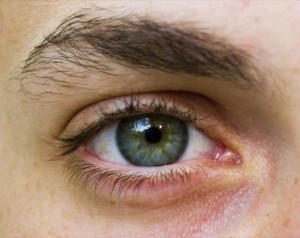Posted by: Georgia Eye Physicians and Surgeons in Latest News, Uncategorized
At Georgia Eye Physicians and Surgeons, we are actively involved in research relating to all aspects of vision. One particularly interesting use of the latest visual diagnostic technology is the early detection of mild traumatic brain injuries, or concussions. The majority of concussions are the result of blunt trauma, or a blow to the head, and in children they are most commonly sustained during contact sports such as football, soccer, lacrosse, and hockey. Traumatic brain injuries like concussions often have wide-ranging physical and psychological effects, some appearing immediately after the traumatic event, and many others that may not appear until days or even weeks later. In fact, it is estimated that the vast majority of concussions (approximately 90%) do NOT result in a loss of consciousness, making diagnosis more challenging than previously thought. As a result, concussions are often misidentified as ‘low severity’ injuries. Patients are frequently treated with a ‘sit-and-wait’ approach, and it is only after symptoms have become debilitating that people seek care of their own accord.

Optometrists and ophthalmologists are also crucial in helping rehabilitate patients’ vision after such an injury has been sustained. Because so many of the connections within the brain are involved with the process of vision, it is hardly surprising that vision problems are so common following an acquired brain injury. Concussions can result in a reduction in the eye’s focusing ability, resulting in blurred vision at close or far ranges. This inability to focus can eventually result in headaches, eyestrain, or even double vision when performing tasks that require close focus, such as reading. Many of the visual conditions that result from a concussion can be successfully managed with prescription eyeglasses or contact lenses, even a relatively small prescription correction can often decrease blurred vision enough to eliminate eyestrain and its related symptoms.
If you are interested in visiting our Optical Center or in any of the many services we offer, please contact Georgia Eye Physicians and Surgeons today. Be sure to follow Dr. William Segal and Dr. Marc Lay on Facebook, Twitter, and Google+ for more tips for healthy eyes.

